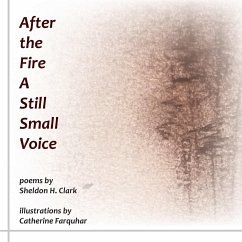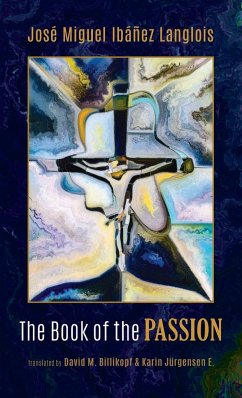The minimalist approach in After the Fire A Still Small Voice heeds the pseudo-proverb, "One picture is worth a thousand words," and the advice, attributed to St. Francis of Assisi, "Preach the Gospel. If necessary, use words." Selected quotations are from the authorized King James Bible. The challenge was for the author to write, and then for the artist to sketch, their respective inspirations. The pattern was to select a quotation, compose a meditation, and then ask the artist to create a drawing to add still other voices to the ancient, and yet, contemporary story of human encounter with the divine from beginnings to future hope. The creative interface between the poems and the abstract-expressionist charcoal drawings is devised to complement one another. The astute reader will discern thematic development from ancient Hebrew texts to C.E. accounts of causation, dynamic settings, particularities of time and place, emotional struggle, maturation, and insight hidden in the paradoxical shadow world of the perennial divine mystery. Light and dark are juxtaposed to produce dynamic tension. What is implied is as important as what is explicit. Imaginative projection, connotative values, and non-traditional creative interpretation are keys to expanded transformative understanding. The observant art aficionado will see in the Abstract Expressionist charcoal sketches little of representative reality. Instead, the artist created from swirls, dark specks (voices?), vertical horizontal circular energy, emotive forces, light source, silhouetted figures, womb-like contours, explosions of presence and absence, intensity, the chalice viewed Daliesque from above, disregard for convention, and tendered security in the eternal sway between the earth-bound and the transcendental. ---from the Foreword by the author
Hinweis: Dieser Artikel kann nur an eine deutsche Lieferadresse ausgeliefert werden.
Hinweis: Dieser Artikel kann nur an eine deutsche Lieferadresse ausgeliefert werden.








